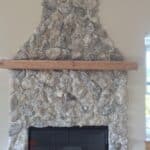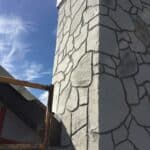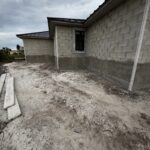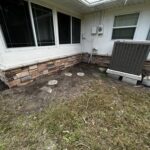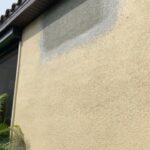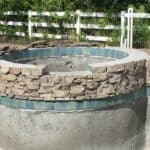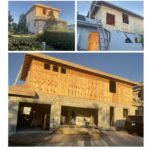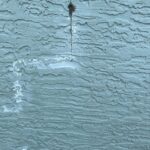Some of Our Work
Please Take a Look at Some of Our Jobs.
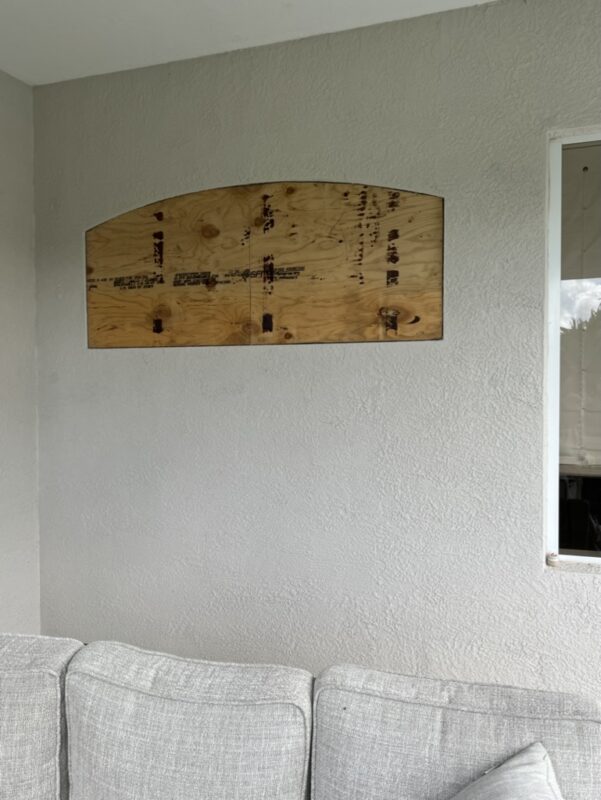
stucco repair over plywood
We did a stucco over a plywood-closed-in window, applied a waterproof barrier, and secured paperback metal lath. Add a scratch coat, then a brown coat to match wall thickness, and finish with a textured coat to blend with the existing surface. Once dry, paint to match.
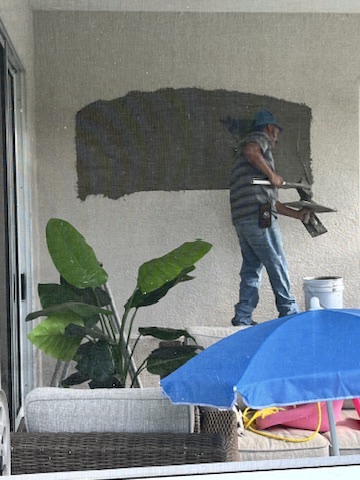
Three coats of cement stucco Repair
A 3-coat stucco system over wire lath begins with the scratch coat; for good bonding, the brown coat follows, bringing out the existing wall. Finally, the finish coat is applied, allowing for matching existing wall finishes. Process; interior and exterior. No more wet couch!
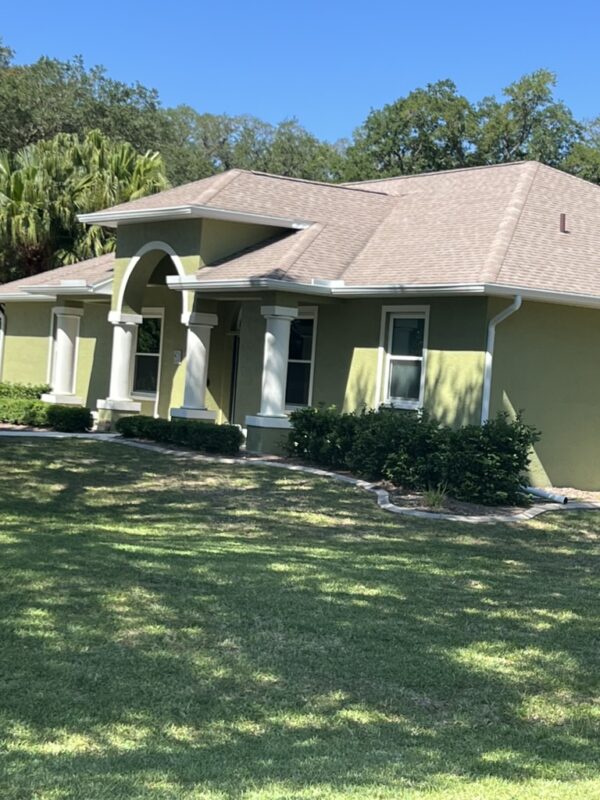
stucco banding repair
Sand finish stucco banding needs to be repaired around the front elevation along with new stucco after new windows are installed.
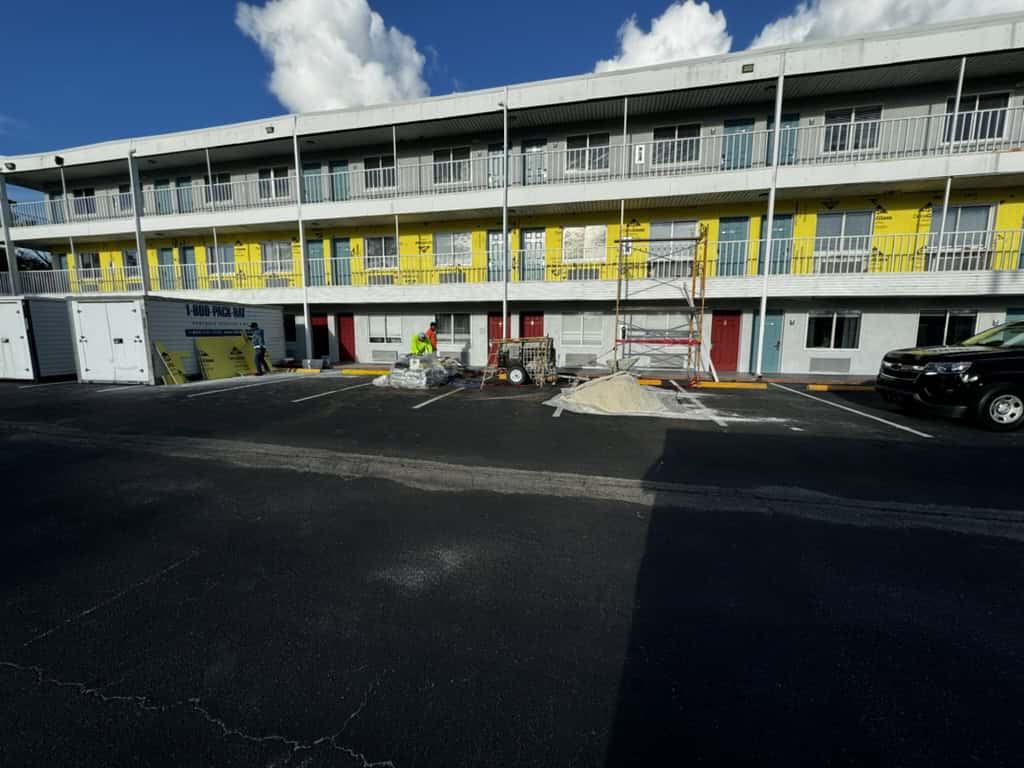
Renovate hotel with new finish
Remove the vinyl siding from the rear elevation of the second floor; install dens sheild or something comparable. scratch, mesh, brown coat. Cover windows and doors as needed, cover the floor, supply, and install sand fine synthetics with color added.
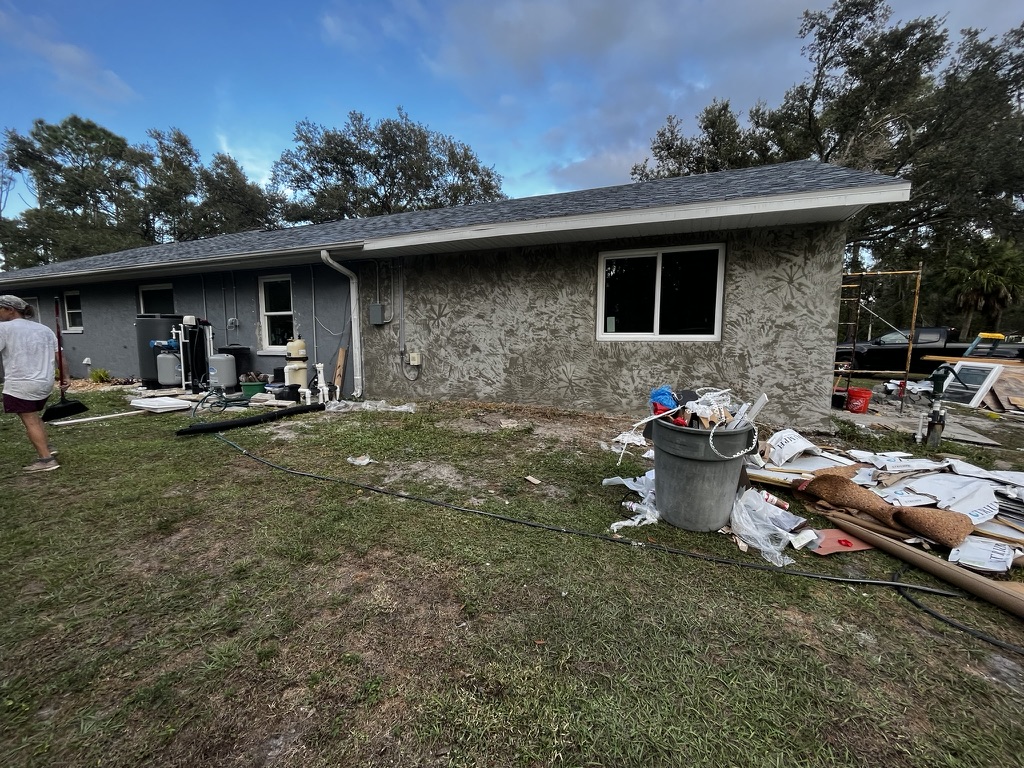
New Additions
Contact us to cementous stucco your new addition. This private home was a block addition adding a new Florida room, bedroom, or game room.
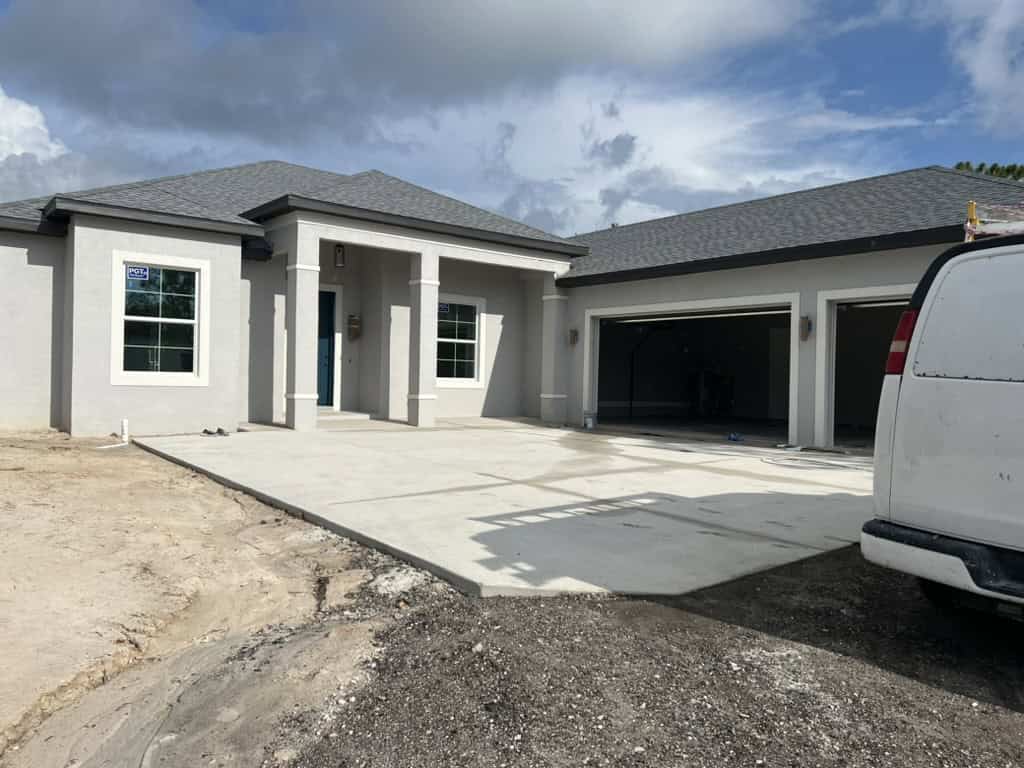
New Construction and Old Construction
We offer our stucco services to new as well as older homes under renovation.
Benefit of Quality Stucco Work:
Lasting Value of Quality Stucco Work
Quality stucco work provides a durable, weather-resistant exterior that protects your home while enhancing its appearance.
A well-applied stucco finish adds insulation, reduces maintenance needs, and increases property value by offering a clean, polished look that stands the test of time.
What is stucco, and how is it different from other siding materials?
Stucco is a durable cement-based plaster applied to walls and surfaces over an applied quality bonding agent, creating a solid, seamless exterior.
It’s distinct from other sidings because it forms a hard sand finish or textured finish that can last for decades with minimal maintenance
How long does stucco last?
With proper installation and regular maintenance, stucco can last anywhere from 50 to 80 years.
Some stucco finishes can last even longer, depending on the climate and quality of care.
Can stucco be applied over existing siding?
Yes, stucco can often be applied over brick, wood, or other existing sidings.
However, preparation is essential to ensure a strong bond, so it’s best to consult a professional to assess your particular setup.
How do I maintain my stucco exterior?
Stucco requires relatively low maintenance but benefits from occasional washing to remove dirt and debris.
Inspecting for cracks and resealing as needed can also help maintain its durability and appearance.
Is stucco suitable for all climates?
Stucco performs well in dry and mild climates, but it can be modified for regions with more moisture by adding water-resistant barriers.
In colder areas, it’s essential to ensure proper insulation and care to prevent cracking.
Can stucco be repaired if it cracks or chips?
Yes, stucco can be repaired if it cracks or chips.
Small cracks can be filled with a good paintable caulk, while larger repairs may require some demo and reapplication of stucco mix.
Regular inspection helps catch issues early, making repairs easier and less costly.
Can I paint over stucco, and how often should it be repainted?
Absolutely, stucco can be painted.
We recommend using a high-quality primer, and quality breathable paint.
There are many options available in the market today.
Stucco surfaces typically need repainting every 5-10 years, depending on climate, exposure, and paint quality.
What are the common issues with stucco, and how can they be prevented?
Common stucco issues include cracking, moisture intrusion, and discoloration from sun, weather and a bad paint job.
Preventing these issues involves regular inspections, sealing any cracks as they appear, and ensuring proper drainage around the structure to avoid water damage.
Client Testimonials
Elevate Your Property’s Curb Appeal with Durable Stucco—Schedule Your Free Consultation!






